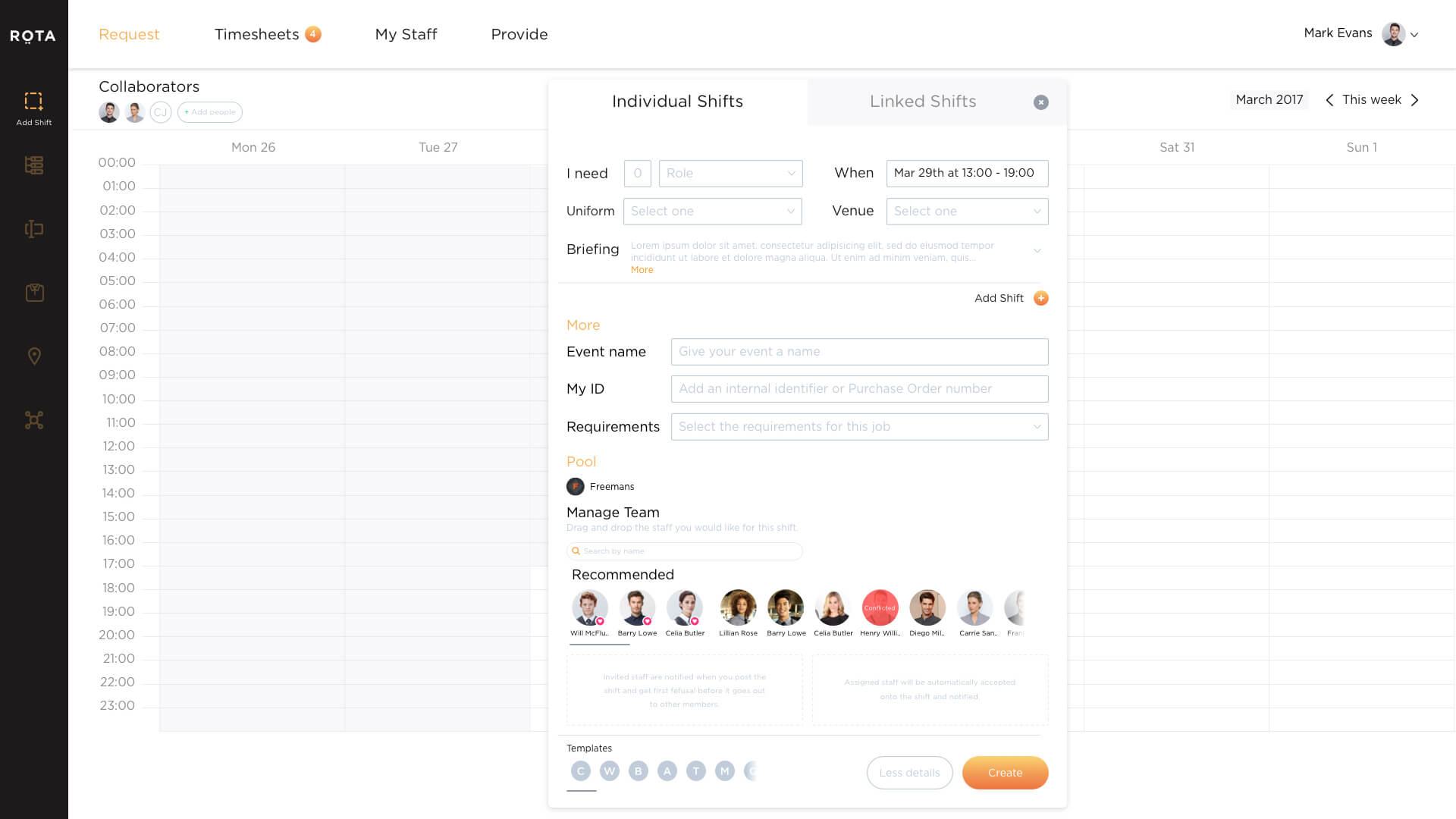
Dynamic Staffing Solutions
B2B SaaS Platform
Web & Mobile (iOS & Android)
London, UK
As Head of Product Design at Rota, I focused on designing user-centric solutions that transformed staffing experiences for employers and employees alike.
Overseeing UX/UI for Rota's digital platforms.
Maintaining design consistency through an adaptable design system.
Leading user research to align design decisions with real user needs.
Collaborating with cross-functional teams to drive strategic goals.
Role Overview & Results
My Role
Lead Product Designer
Built and scaled Rota’s design system from the ground up
Defined and implemented UX strategies for staffing workflows
Results
🧠 +30% platform usability improvement
⚡ +25–35% staffing efficiency boost
❤️ +15–20% increase in satisfaction & retention
What is Rota?
Rota is a workforce management platform designed to streamline staffing for businesses and agencies. Based in London, it offers web and mobile tools that help companies efficiently create, manage, and assign shifts to temporary and part-time workers.
Used by hospitality groups, staffing agencies, and venues, Rota enables smart scheduling, real-time availability, timesheet tracking, and seamless communication between managers and workers — all within a single platform.
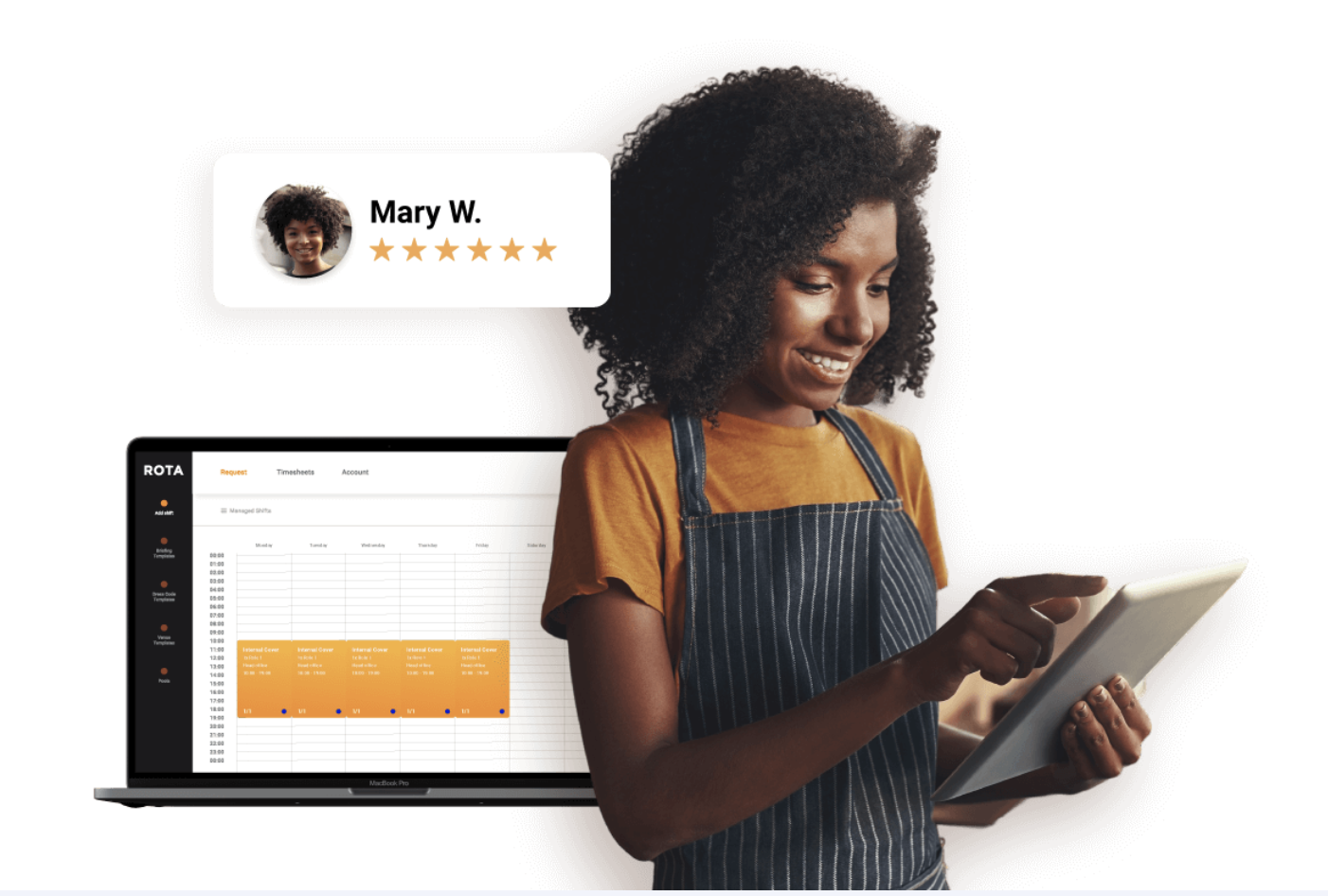
Design Thinking Process
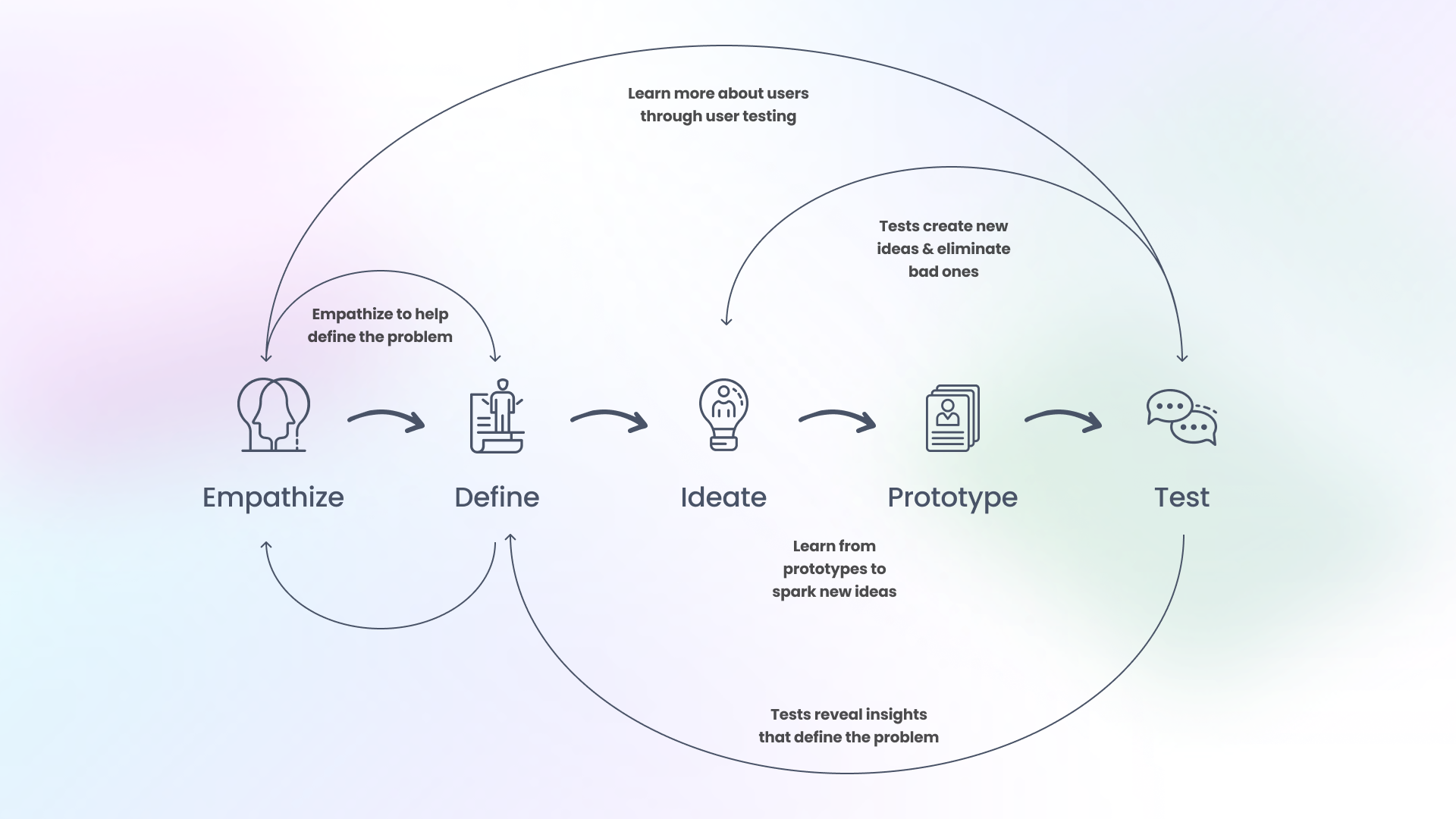
Empathize
To gain a clear understanding of the user mindset and pain points, we applied a mix of qualitative and quantitative research techniques focused on both rota managers and shift workers.
Research Objectives
- Understand the behaviors, challenges, and expectations of rota managers in planning and managing shifts.
- Identify barriers to efficiency like last-minute cancellations, communication breakdowns, and availability mismatches.
- Explore emotional triggers behind stress, miscommunication, and time pressure in shift planning.
- Compare user expectations against existing shift management tools and platforms.
Methodology
- In-depth Interviews: Conducted with rota managers across hospitality, healthcare, and logistics to understand goals, pain points, and workarounds.
- User Shadowing: Observed shift planning sessions to capture unspoken behaviors and decision-making friction.
- Surveys: Distributed to 50+ managers to validate common issues and feature priorities.
- Competitor Analysis: Benchmarked usability and scheduling logic against platforms like Deputy, When I Work, and Rotageek.
Sample Specification
- Demographics: Shift Managers, Admin Staff, and Team Leaders (ages 28–55) in the UK.
- Industry: Hospitality, healthcare, security, and facilities management.
- Behavioral Segments: Experienced planners, first-time digital adopters, and power users managing multiple teams or sites.
Define
After synthesizing research insights, we identified recurring pain points in the staffing workflow: managers struggled with slow shift creation, limited visibility into staff availability, and poor communication across systems. These inefficiencies led to manual errors, last-minute changes, and staff no-shows—costing time and productivity.
To address these, we defined core design opportunities:
- Enable faster, more automated shift scheduling through templates and role presets
- Improve team coordination with real-time availability views and alerts
- Empower managers with centralized, actionable dashboards to reduce context switching
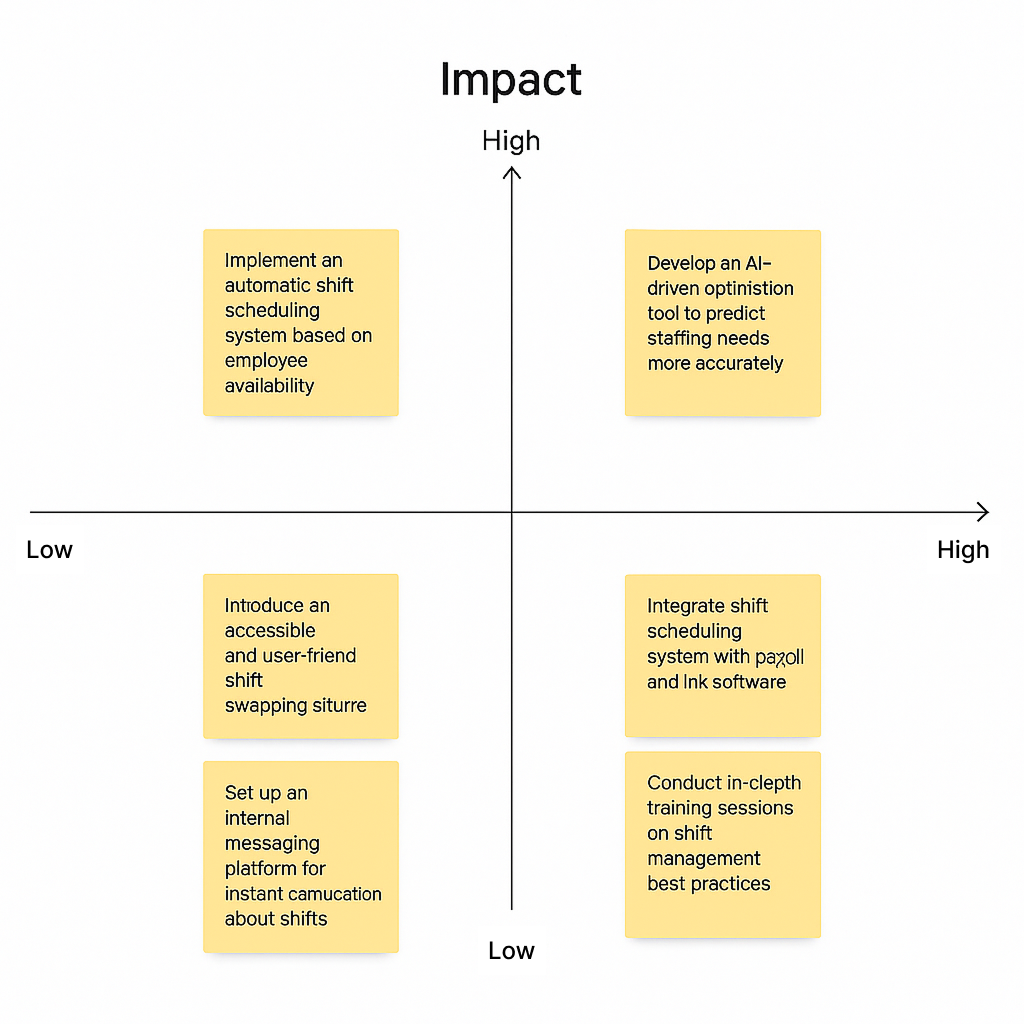
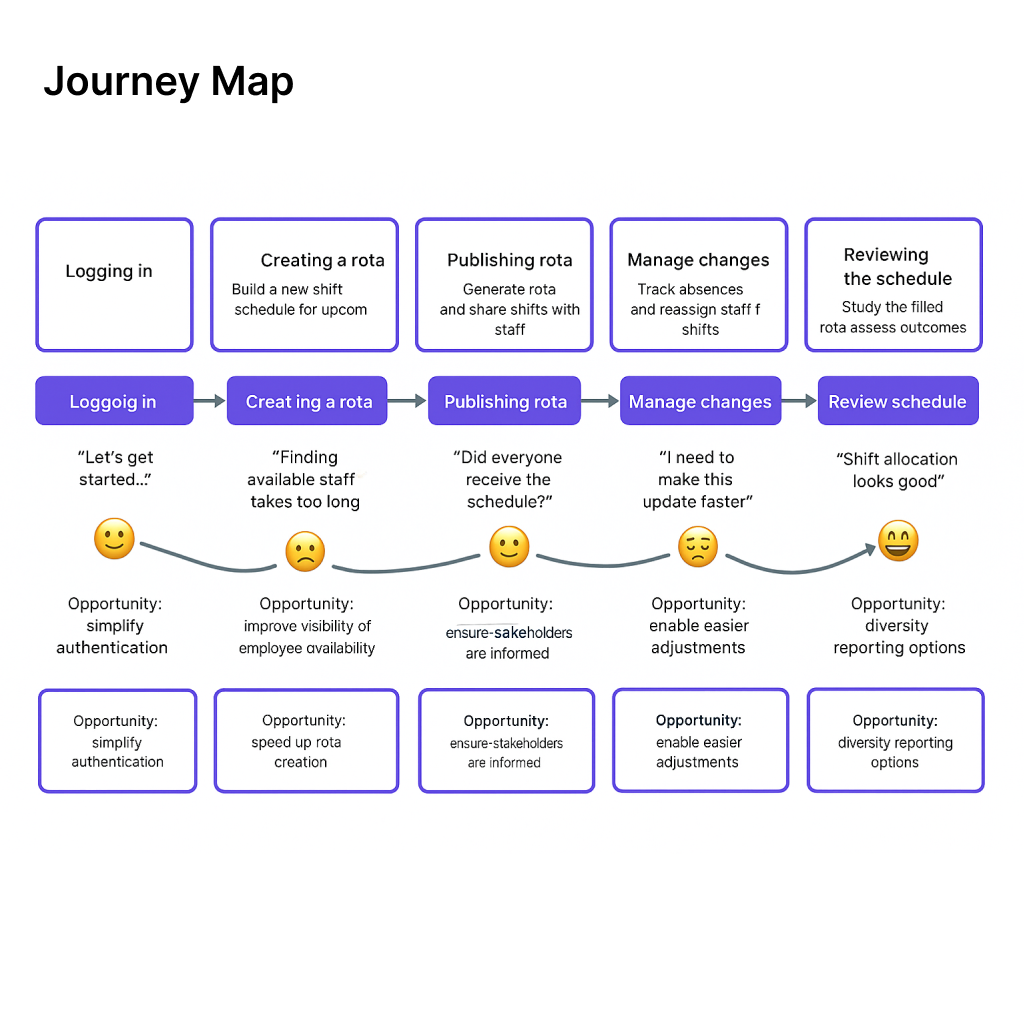
Ideation Phase: a collaborative Problem-Solving
Collaborated with PMs and developers to co-create viable solutions:
- Smart templates and saved shift presets to reduce repetitive actions
- Real-time availability logic to assist faster staff matching
- Cleaner, modular dashboards for easier navigation
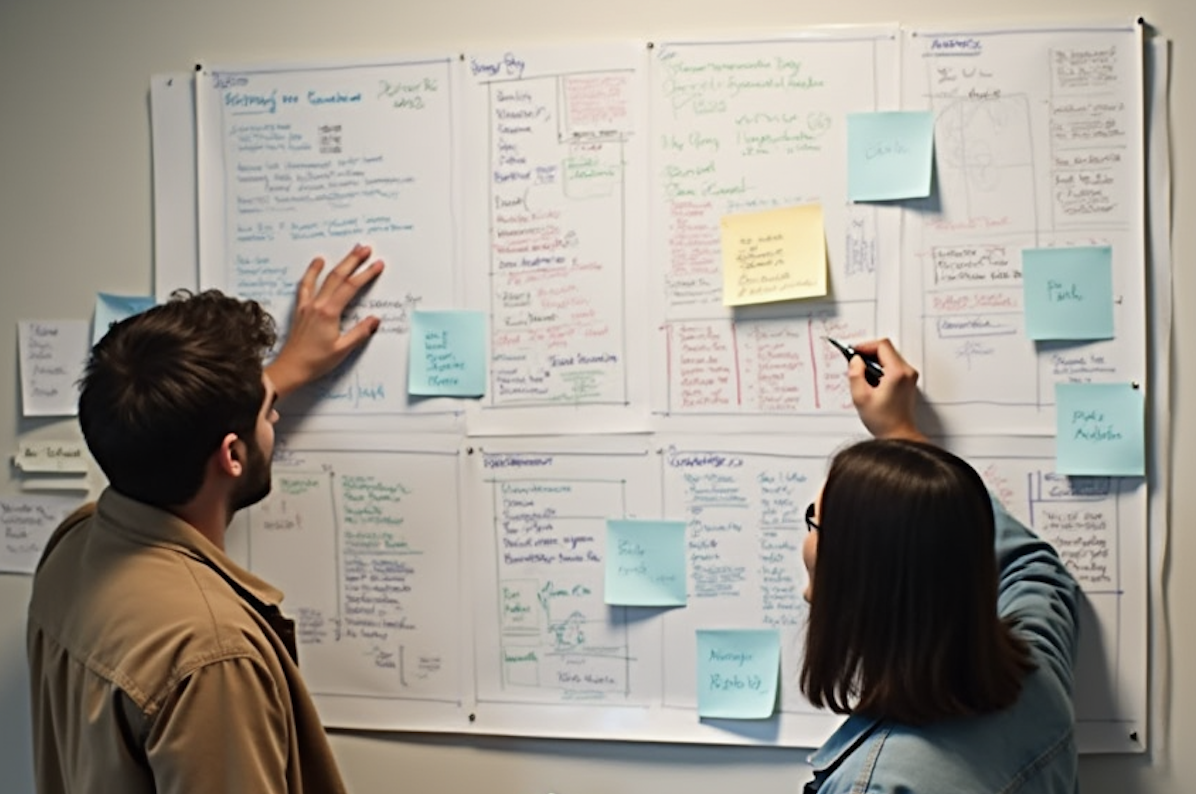
Wireframes & Prototype
Built multiple prototypes across web and mobile views. Iterated layouts, shift forms, and scheduling patterns with real-time feedback from internal Rota ops teams and external venue managers.

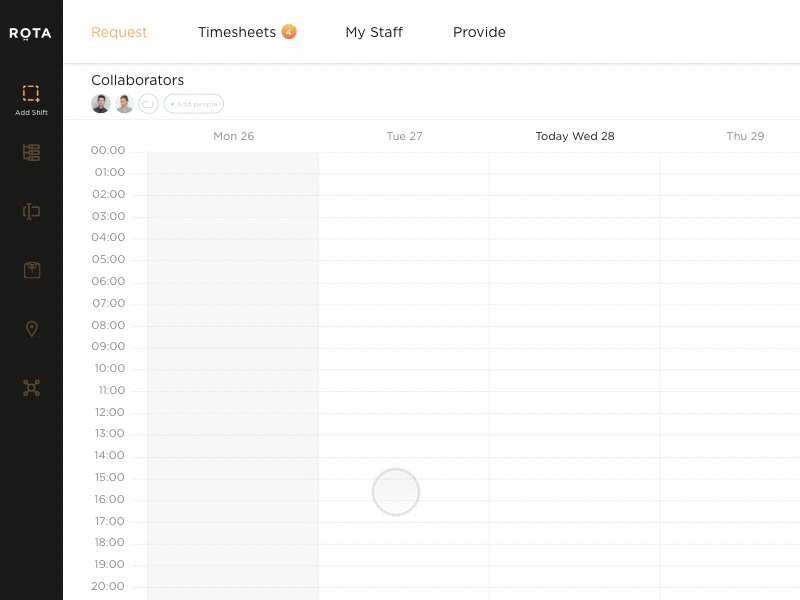
Test
Usability Testing was conducted to validate the effectiveness and intuitiveness of the redesigned Rota platform. The primary goal was to ensure staffing managers and workers could efficiently complete critical tasks like shift creation, schedule approvals, and availability updates.
From early user research, we uncovered key pain points such as fragmented workflows, unnecessary steps in shift setup, and low clarity around availability statuses. These insights shaped the prototype iterations and testing scenarios. During testing, participants engaged in real-world tasks using both web and mobile flows.
Based on usability testing results, we simplified the user interface, clarified shift statuses, and reduced friction in multi-step actions. The goal was to ensure the platform not only met user expectations but enhanced overall operational speed and satisfaction.
UT Metrics
- ✅ Task Success Rate: Tracked the percentage of participants who successfully completed key actions (e.g. publishing a shift, approving timesheets). Helped identify sticking points and assess solution viability.
- ⏱ Time on Task: Measured the average time required to complete each task, revealing overly complex flows and opportunities to streamline interaction.
- 🗣 Subjective Feedback: Collected qualitative insights on ease of use, clarity of the interface, and perceived control. Informed design adjustments to better align with user expectations.
Design Challenges & Solutions
1. Optimized Shift Management
Led a comprehensive redesign of the shift management interface, focusing on improving usability, efficiency, and adaptability to meet the dynamic needs of workforce scheduling. The previous system was cumbersome, requiring multiple steps to create and assign shifts, leading to inefficiencies and errors. To address this, I designed an intuitive, visually-driven interface that simplifies shift creation, modification, and assignment across multiple teams and locations.
The new system features drag-and-drop scheduling, real-time availability insights, and smart recommendations that help managers allocate resources efficiently. By reducing manual effort and automating key scheduling functions, this enhancement significantly cut down the time required for shift planning while minimizing errors and last-minute conflicts.
Additionally, the updated interface improved transparency for employees by allowing them to view their schedules, request changes, and set availability with ease. This resulted in smoother shift coordination, better team engagement, and a more adaptable workforce management process, ultimately enhancing productivity and operational efficiency.
2. Real-Time Staff Availability
Designed and implemented a real-time staff availability feature that provides managers with instant visibility into which employees are available for shifts. This functionality allows for seamless shift allocation, reducing last-minute scheduling conflicts and improving workforce adaptability. By integrating live updates and automated notifications, managers can proactively fill open shifts, ensuring optimal staffing levels and operational efficiency.
3. Enhanced Communication Tools
Developed a suite of integrated communication tools that enabled seamless real-time messaging and updates between managers and staff. This feature ensured clear and instant communication regarding shift changes, availability, and important announcements, fostering a more connected and responsive workforce. By incorporating in-app notifications and automated alerts, the platform minimized miscommunication, streamlined coordination, and improved overall team engagement.

4. Rota Health: Digitising Healthcare Staffing
Extended Rota’s platform to empower healthcare providers, specifically NHS Trusts, to manage shifts more effectively under high compliance demands. Designed features that reduced reliance on agencies and improved safety-critical workforce operations through:
- Smart Bank Management – Built tools to support internal staff banks and boost shift engagement with existing teams.
- Automated Compliance Checks – Streamlined processes for right-to-work, certifications, and training verification.
- Intelligent Shift Matching – Developed matching logic based on qualifications, availability, and history.
- Live Rota Control Panel – Enabled real-time oversight of coverage gaps and shift allocation.
- Integrated Communication Tools – Provided messaging and updates tailored to fast-paced healthcare settings.
- Custom Reporting – Delivered analytics dashboards for compliance, fill rates, and performance tracking.
This product evolution helped NHS providers reduce agency spend, fill urgent shifts faster, and ensure continuous patient care. Learn more.
Key Metrics & Achievements
| Metric | Value | What It Means | How It’s Calculated |
|---|---|---|---|
| Roster Creation Time | −30% | Shift schedules were created faster thanks to improved UX and automation. | Average time to create and publish a weekly roster |
| Shift Fulfillment Rate | +35% | Higher coverage of scheduled shifts due to better visibility and streamlined planning tools. | Shifts successfully filled / Total scheduled shifts |
| Manager Satisfaction Score | +25pts | Improved feedback from location managers after redesign and feature rollout. | Internal survey average (1–100 scale) pre- vs post-launch |

